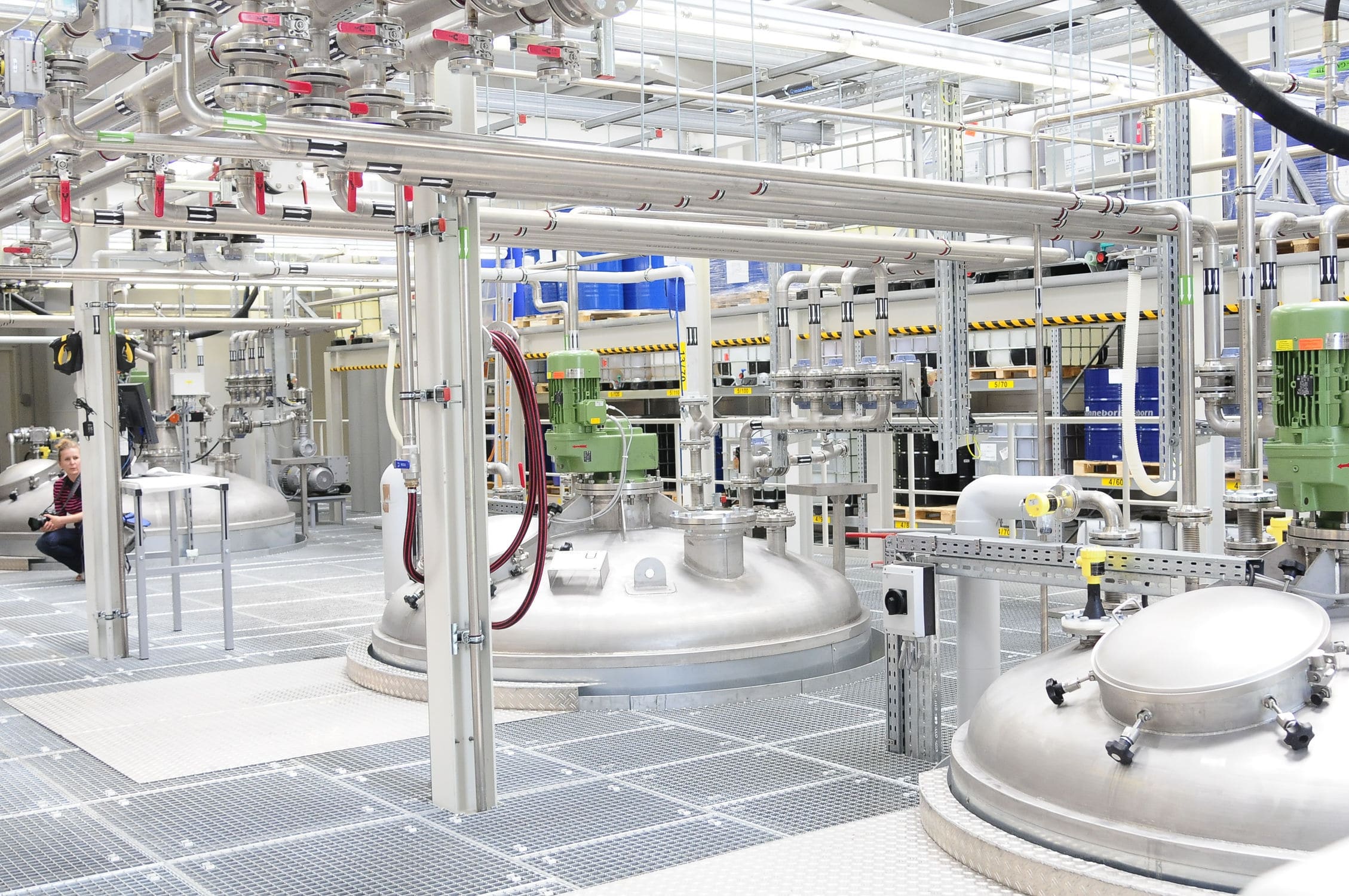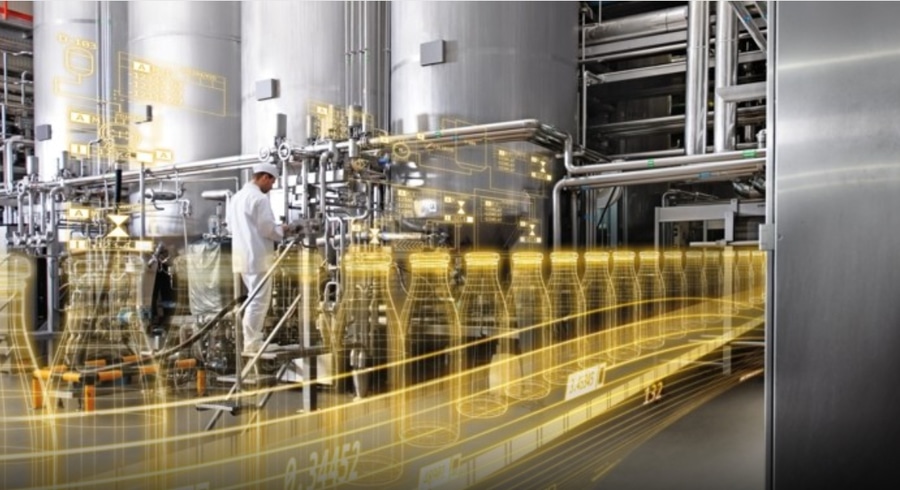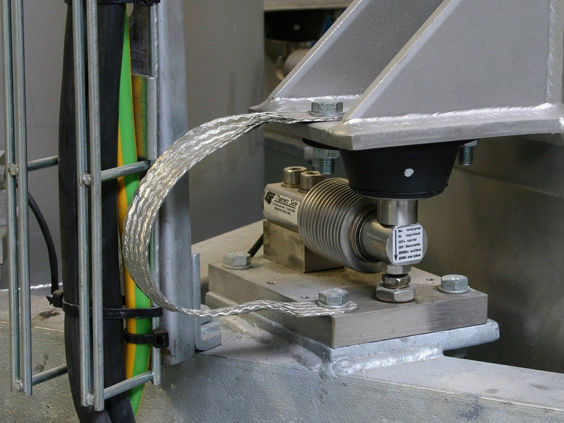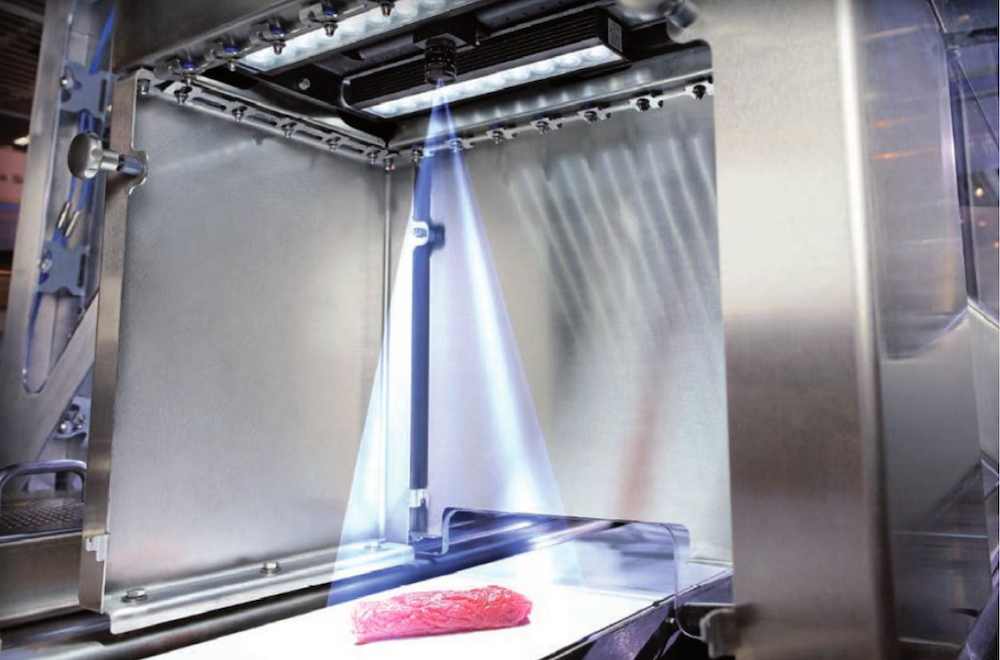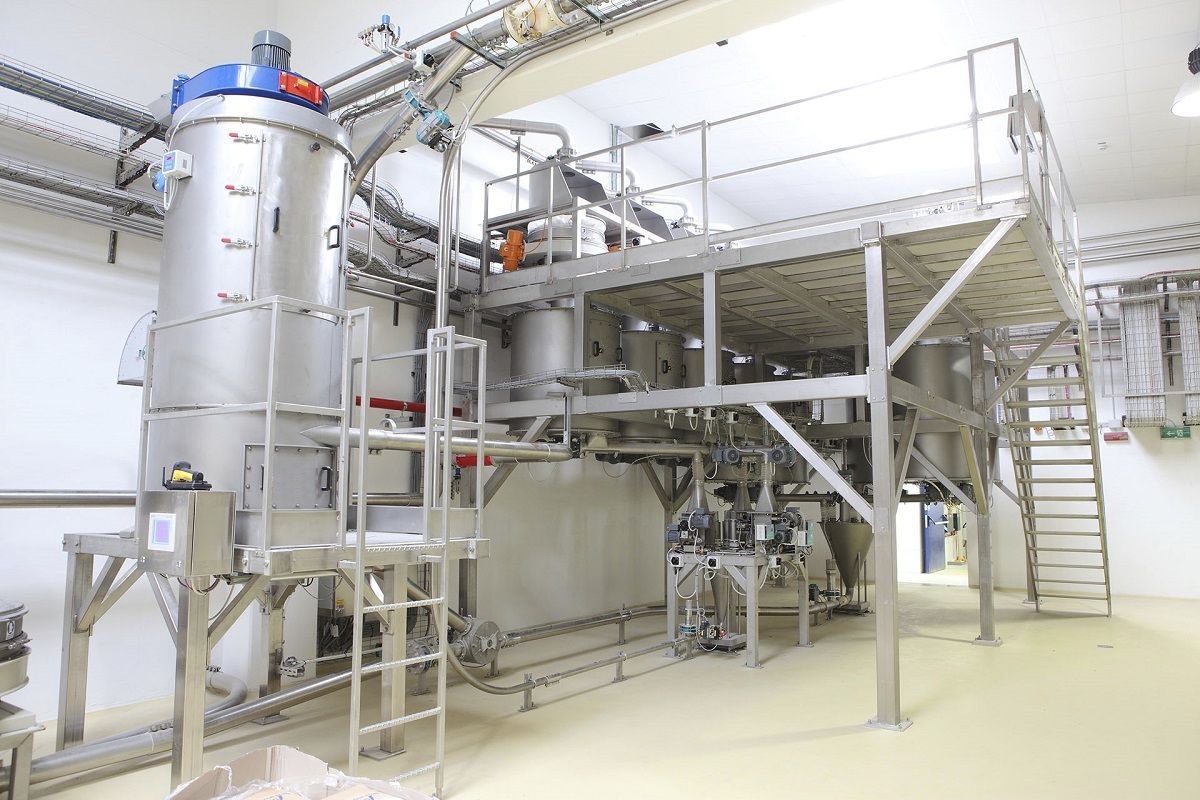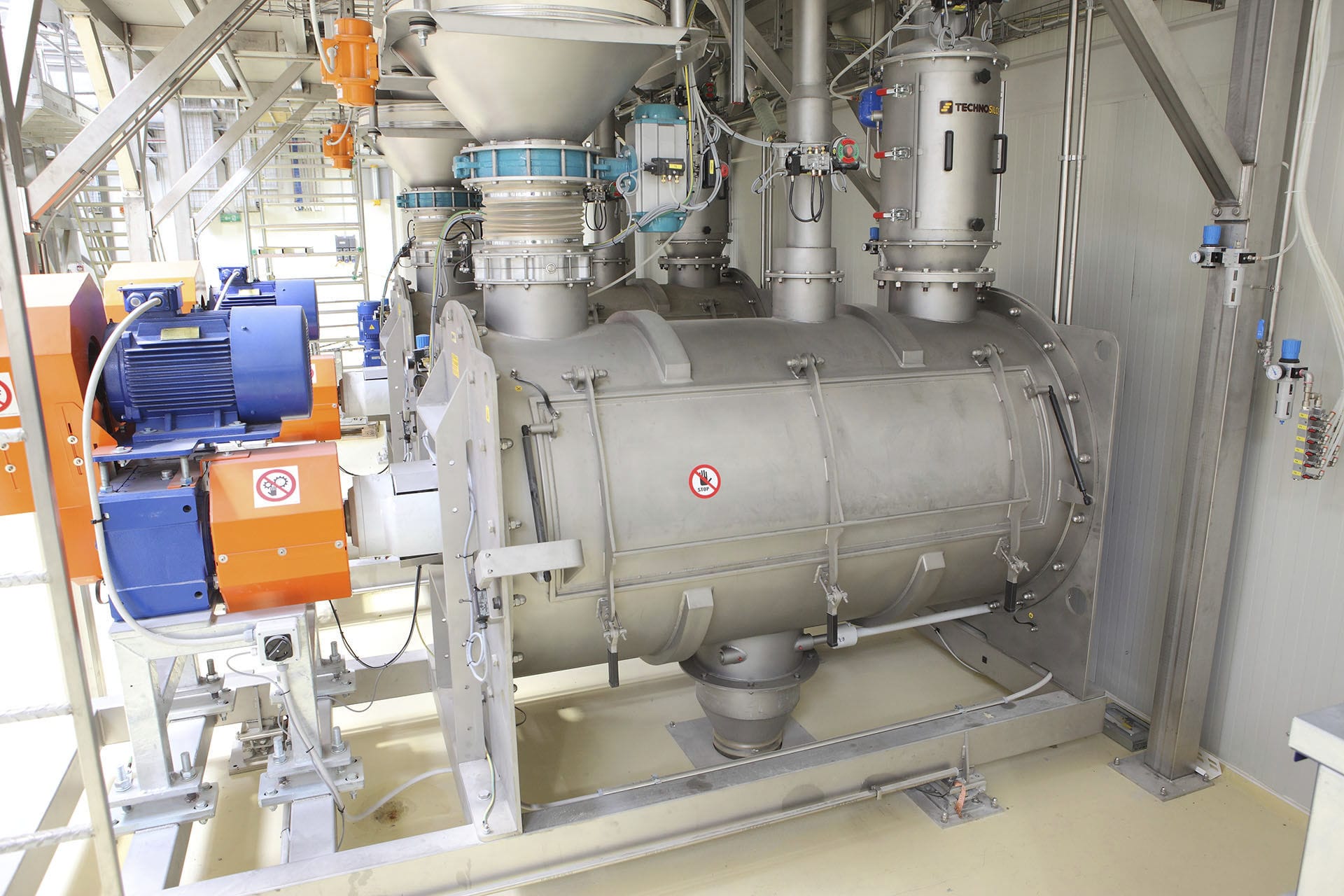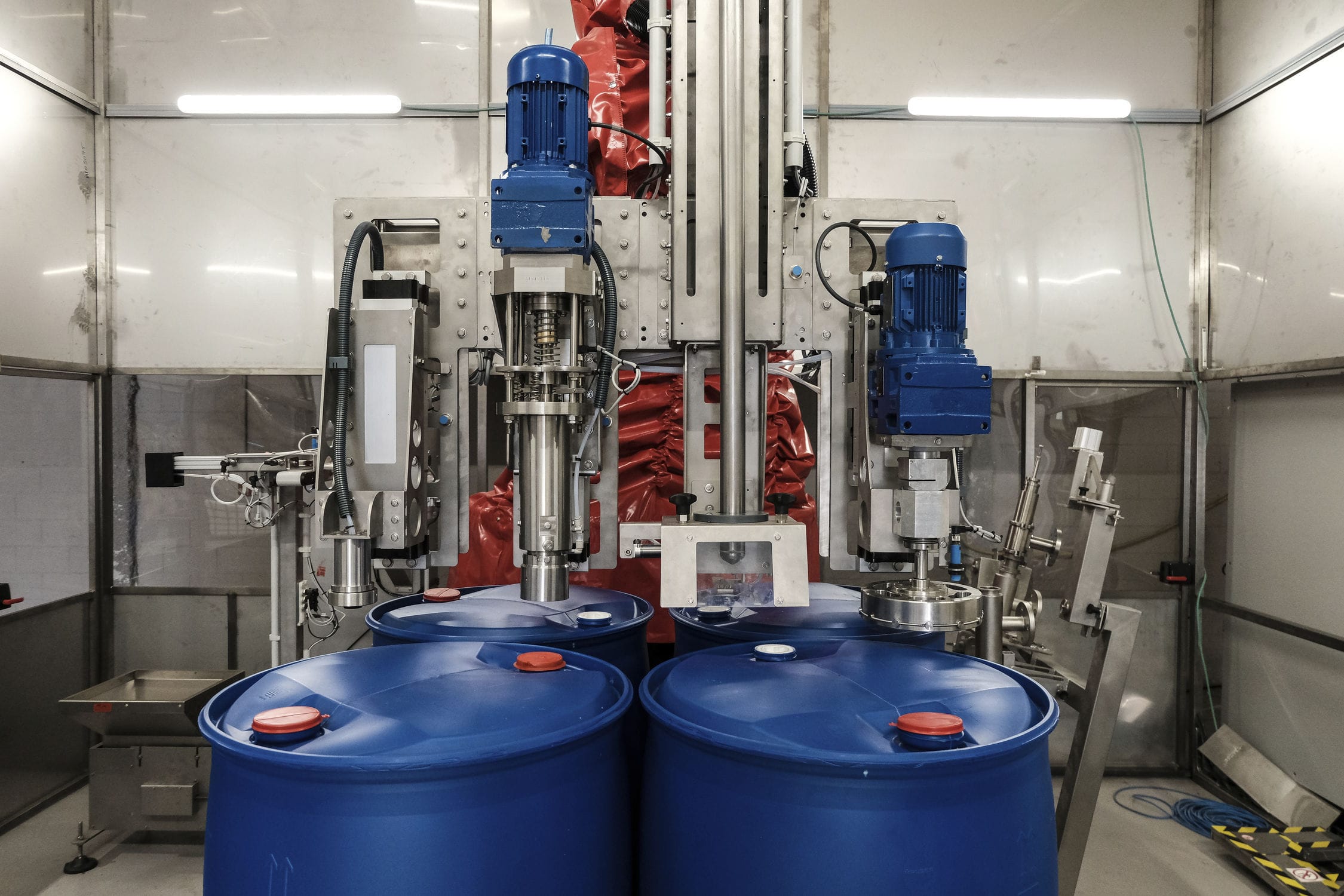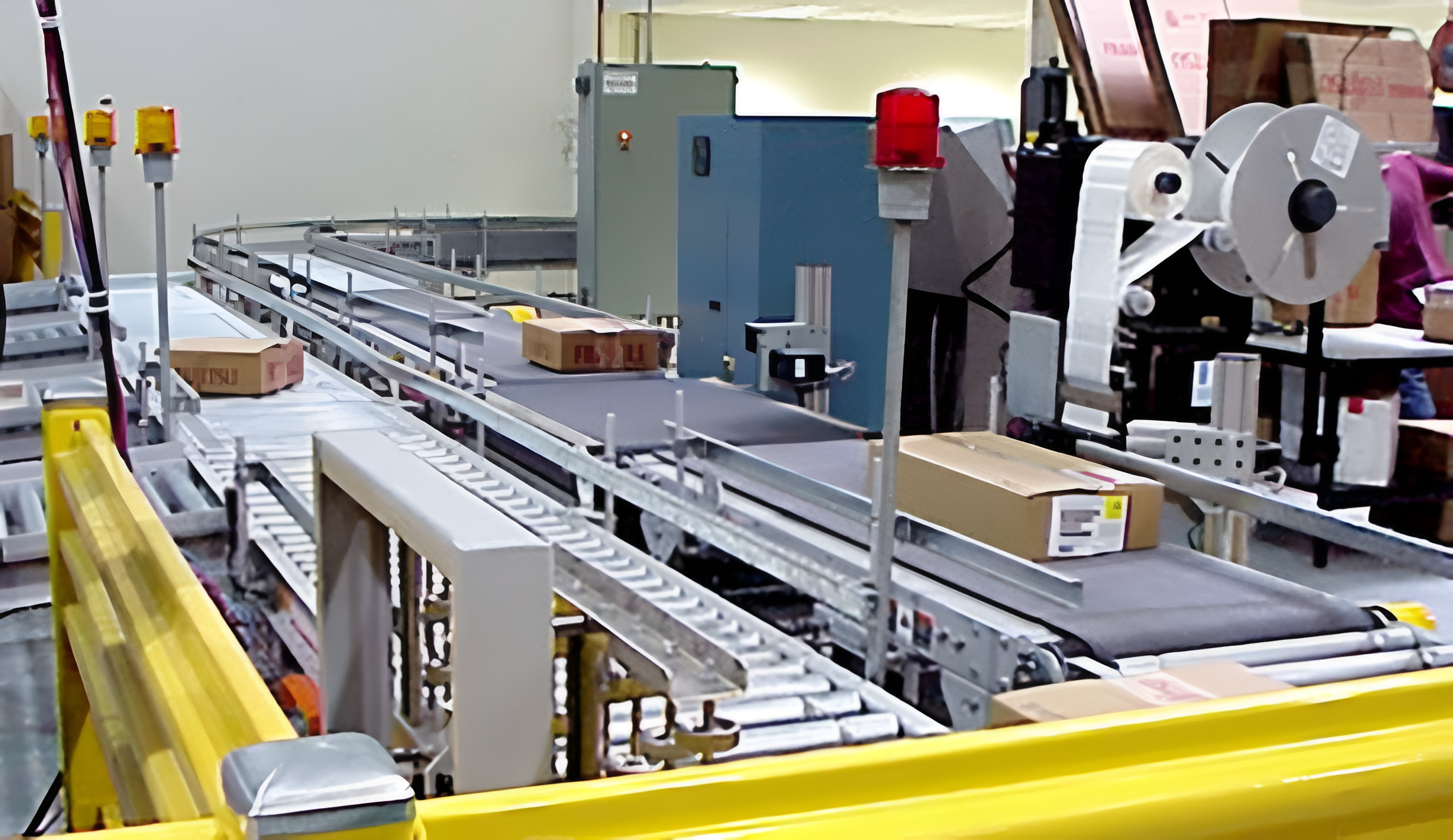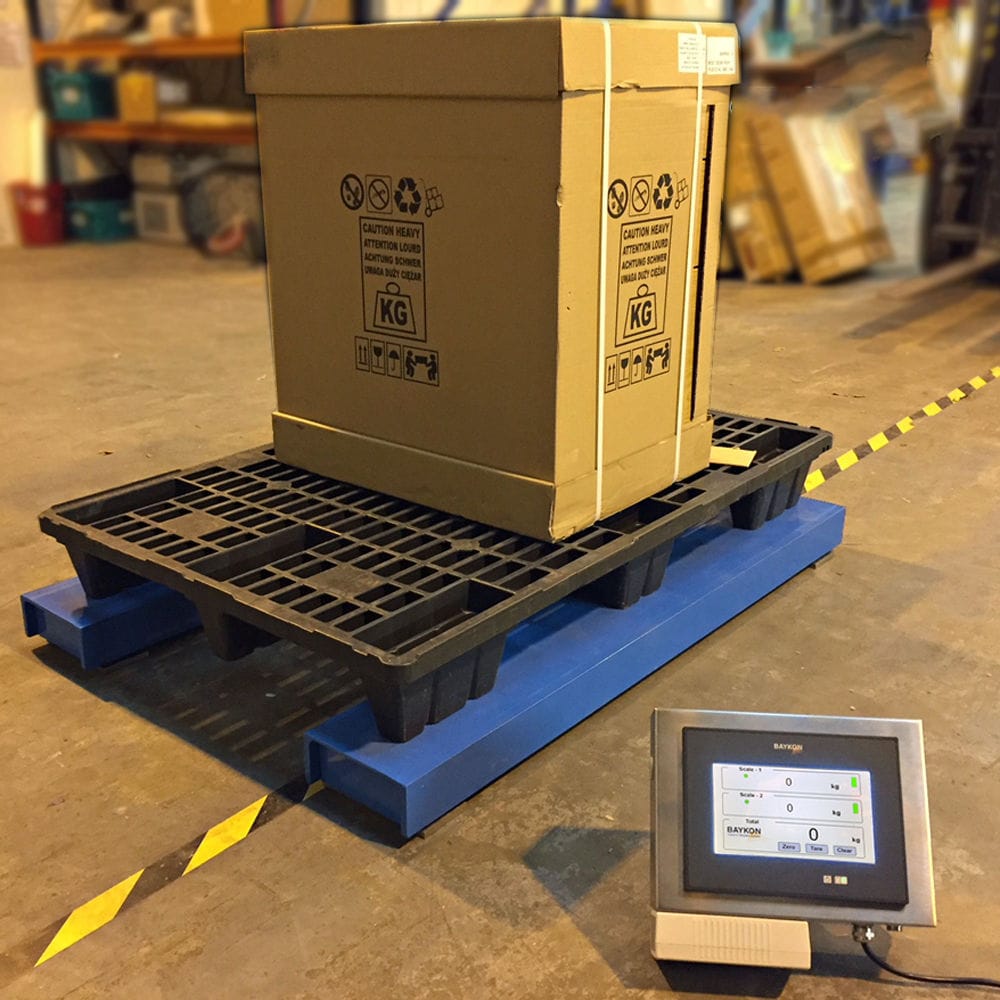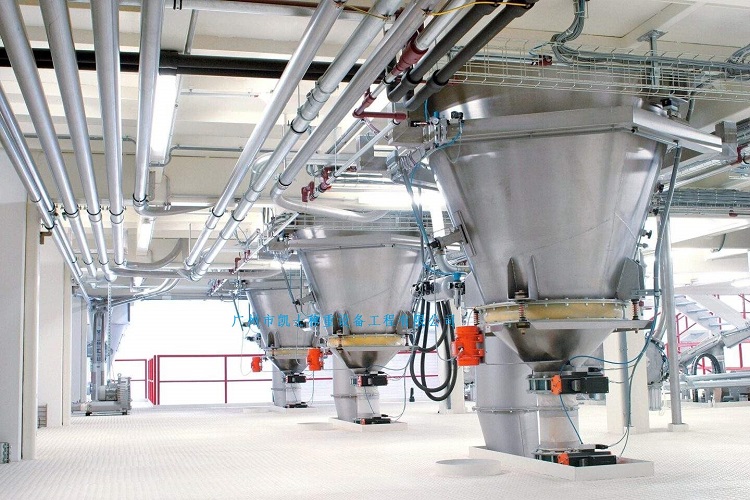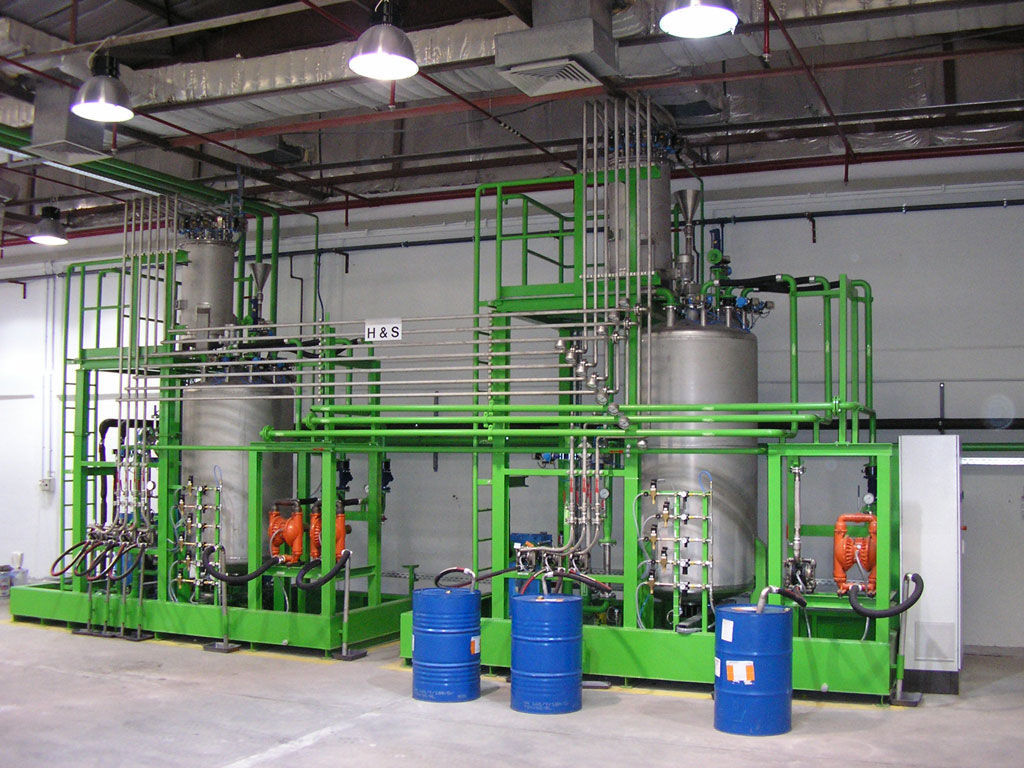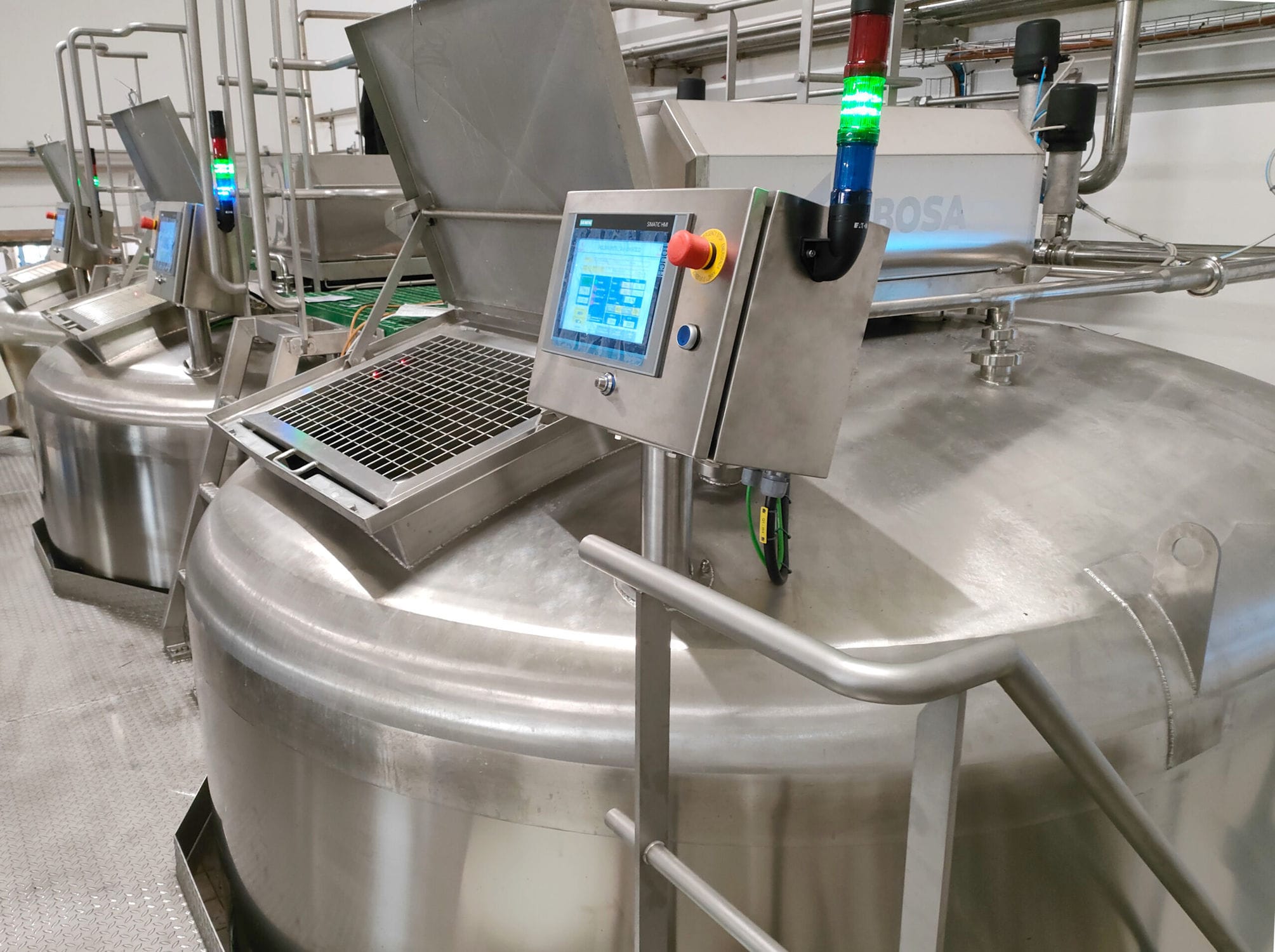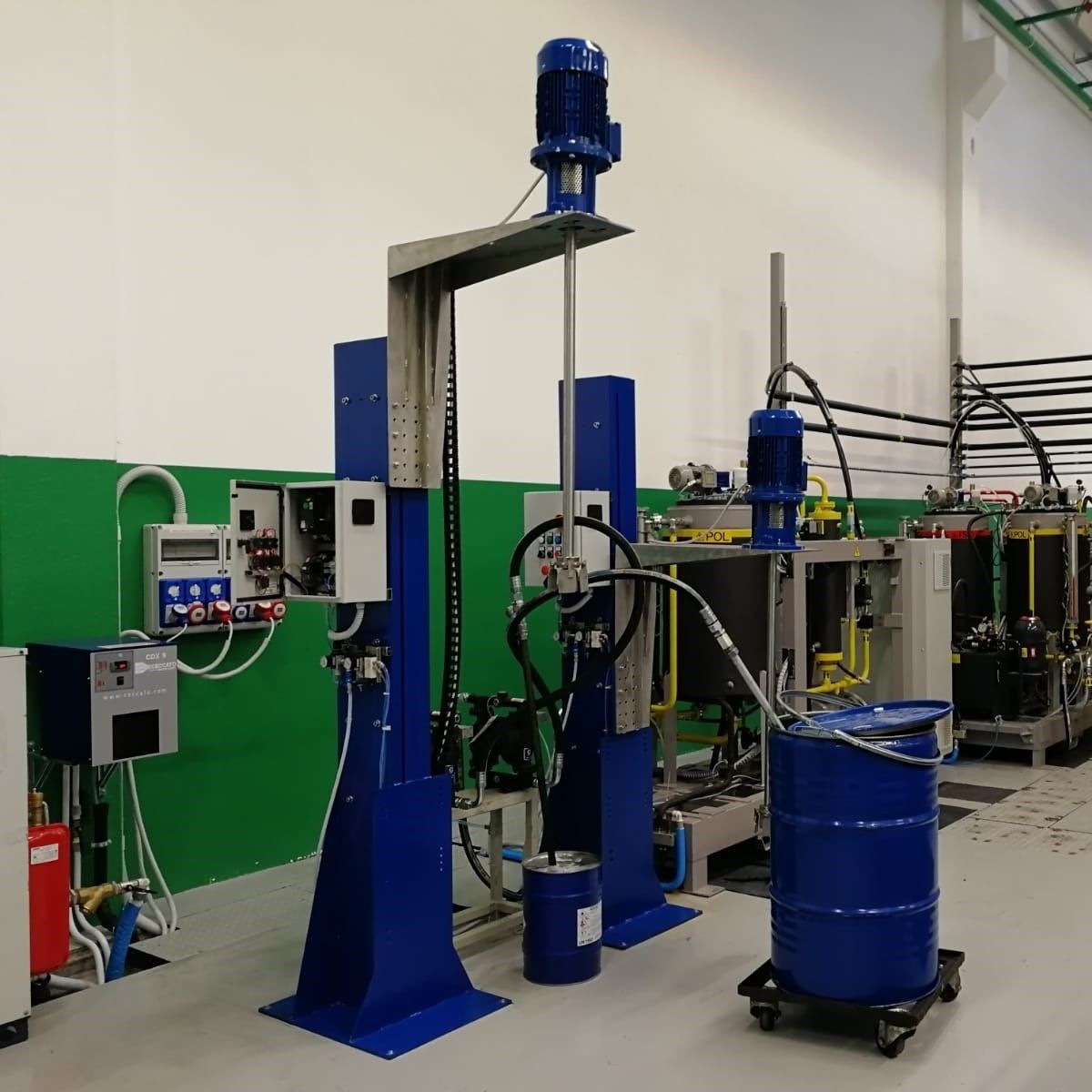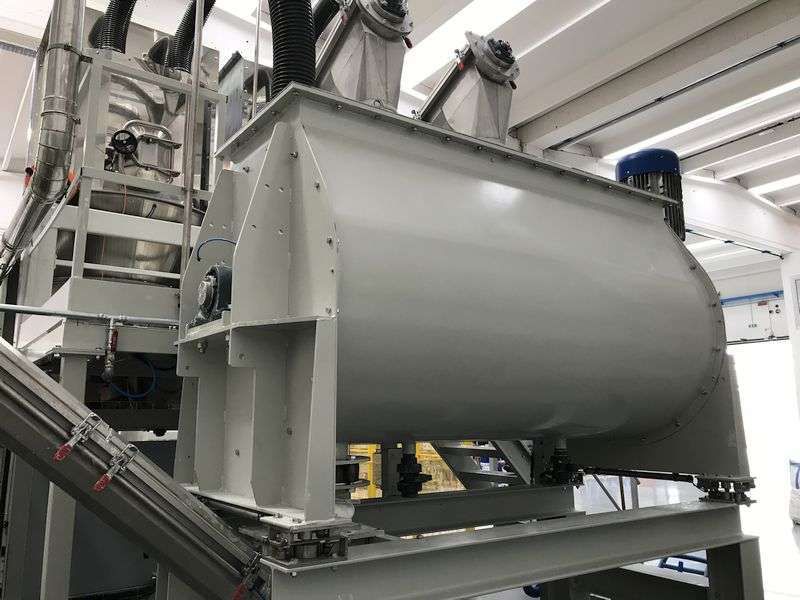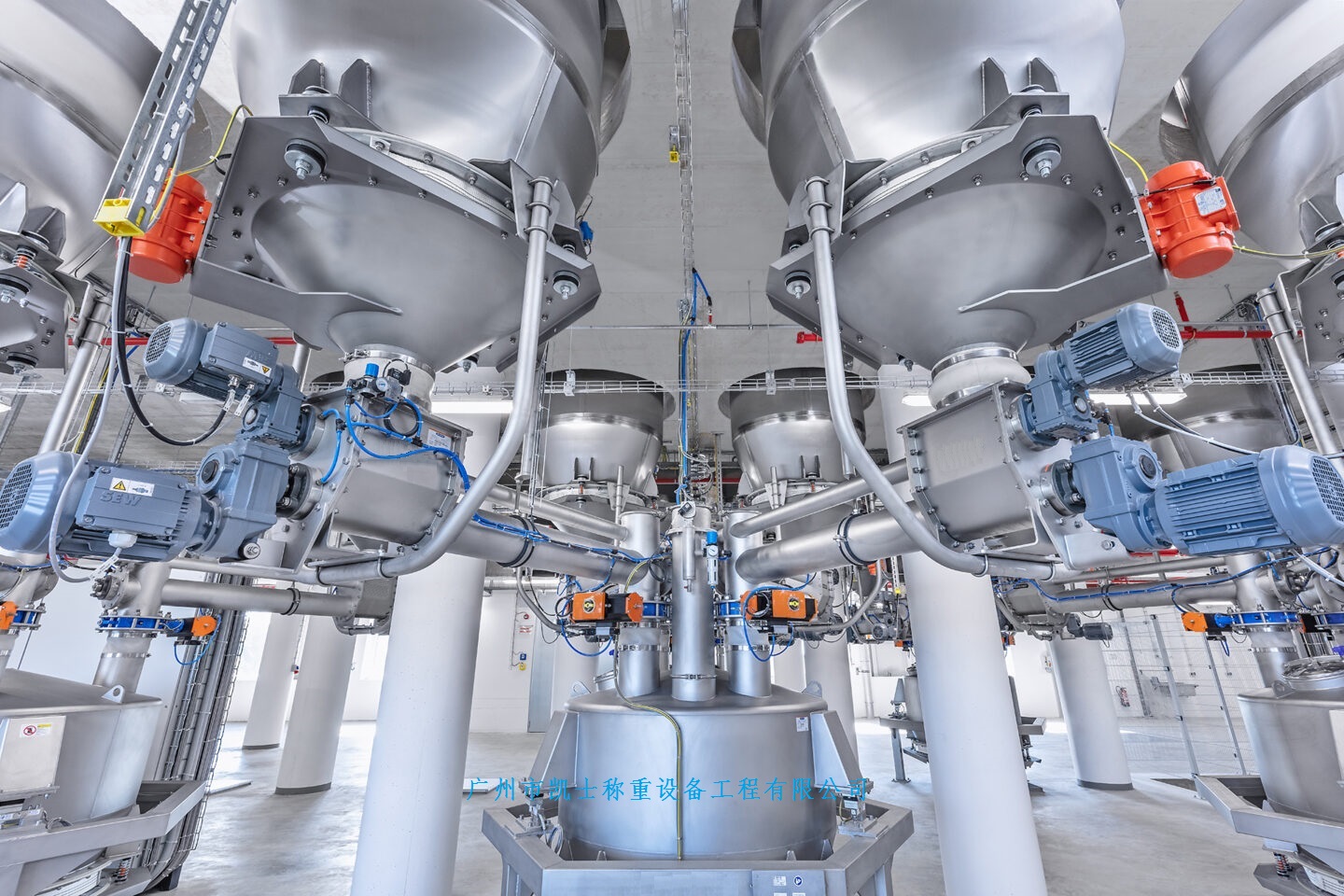

Continuous batching system according to the weight reduction rate of the material in the weighing bucket to control the discharge screw or electric vibration machine, in order to achieve the purpose of quantitative feeding, that is, weight loss scale. When the material in the weighing bucket reaches the lower limit of the weighing position, the discharge screw fixes the discharge amount according to the speed at that time, and controls the material in the silo quickly down to the weighing bucket, and stops charging when the loading is expected to the upper limit of the weighing. Rapid loading can shorten the feeding time and improve the accuracy and control accuracy of weighing.
 020-34563445
020-34563445The Batching system adopts the traditional Measuring system of dynamic weighing while adding materials. The weighing process is affected by shock and vibration, and its measuring and weighing accuracy is difficult to meet the requirements of trade settlement. To improve the measurement accuracy of continuous conveying materials, the most effective way is to use static measurement, that is, to measure and weigh the material when it is at rest, but the material is difficult to meet the measurement requirements of the static state in the continuous conveying process. Continuous conveying Weighing system is mainly composed of mechanical system and automatic control system. The whole batching system consists of left and right metering bucket, weighing sensor, weighing instrument, material flow switching device, metering bucket discharge gate, cylinder driving gate switching, solenoid valve, air source components, control panel and automatic control system.
Through the material flow switching device, the left metering bucket is in the feeding state, the right metering bucket is in the feeding waiting state, the left metering bucket enters the weighing state after the feeding is completed, and the right metering bucket enters the feeding state to ensure the continuity of the feeding. After the weighing of the left metering bucket is completed, the cylinder controls the discharge gate to quickly discharge the material, and the material is immediately transferred to the feeding waiting state. The right metering bucket is converted to the metering and weighing state after the feeding is completed, and the left metering bucket is converted to the feeding state again, so the cycle is repeated, and the entire metering and weighing task is completed through multiple cycles. In the weighing process, there must always be a metering hopper in the feeding state to ensure the unity of accurate metering and continuous material transportation.




